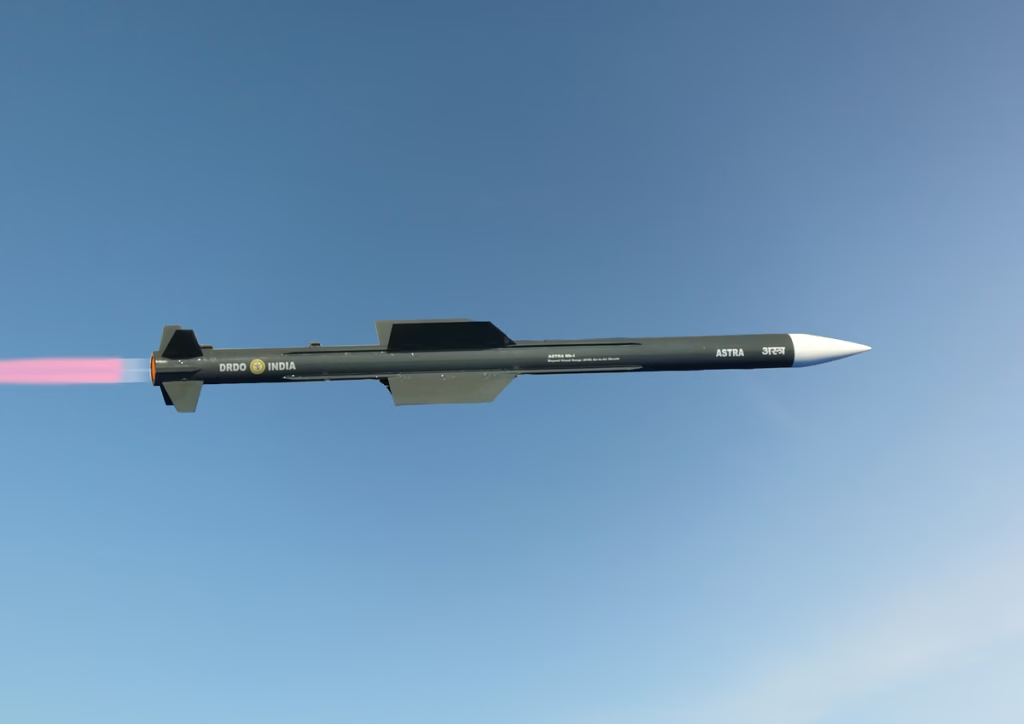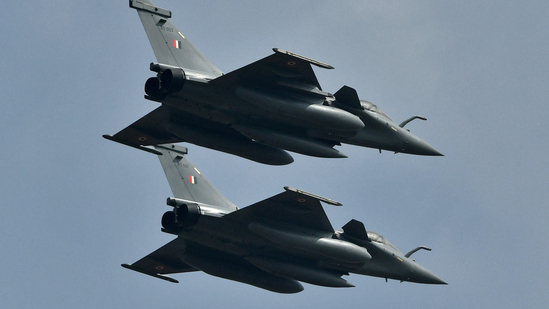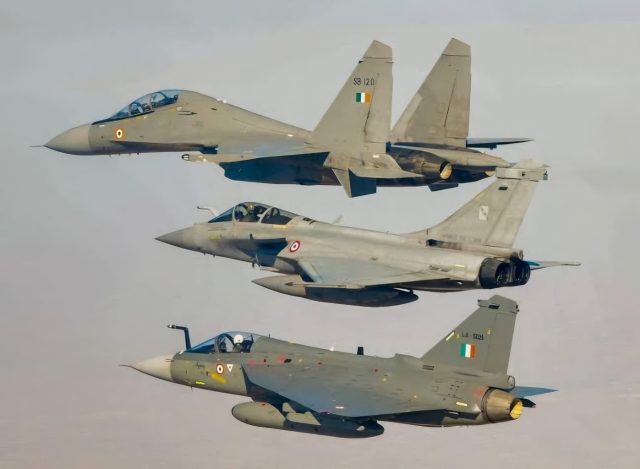In the wake of escalating tensions between India and Pakistan, both nations have showcased their advanced air-to-air missile (AAM) capabilities. The recent engagements have highlighted the strategic importance of these missile systems in modern aerial combat.
India’s Air-to-Air Missile Arsenal
India’s diverse AAM inventory reflects its strategic partnerships and indigenous development efforts:
- Astra Missile: An indigenously developed beyond-visual-range (BVR) missile, the Astra has a range of approximately 110 km and is integrated with Su-30MKI and Tejas fighters.
- MICA Missiles: Equipped on the Rafale jets, MICA missiles offer both infrared and radar-guided options, providing flexibility in various combat scenarios.
- R-77 and R-73 Missiles: These Russian-origin missiles are standard on several IAF platforms, including the MiG-29 and Su-30MKI, offering medium to short-range engagement capabilities.


Pakistan’s Air-to-Air Missile Capabilities
Pakistan’s AAM capabilities are bolstered by its collaborations, particularly with China:
- PL-15 Missiles: Integrated with the JF-17 Block III and J-10C fighters, the PL-15 is a long-range missile equipped with an active electronically scanned array (AESA) radar, boasting ranges over 200 km.
- AIM-120 AMRAAM: Deployed on F-16 fighters, the AMRAAM provides BVR engagement capabilities, enhancing Pakistan’s aerial combat reach.
- PL-5 and PL-10 Missiles: These short-range missiles are designed for close combat scenarios, with the PL-10 featuring advanced infrared homing capabilities.


Recent Developments and Strategic Implications
The recent conflict has seen the deployment of advanced AAMs:
- Use of PL-15 Missiles: Reports indicate that Pakistan employed PL-15 missiles during recent engagements, marking a significant development in its aerial combat strategy.
- Recovery of Missile Debris: Indian authorities have reportedly recovered debris from PL-15 missiles, providing insights into the missile’s capabilities and potential countermeasures.
- Electronic Warfare and Countermeasures: Both nations are investing in electronic warfare systems to counter AAM threats, emphasizing the importance of integrated defense strategies.
Conclusion
The evolving AAM capabilities of India and Pakistan underscore the dynamic nature of aerial warfare in the region. As both nations continue to enhance their missile arsenals, the strategic balance in South Asia remains delicate, necessitating continued dialogue and confidence-building measures to prevent escalation.
Source:- The Warzone



















